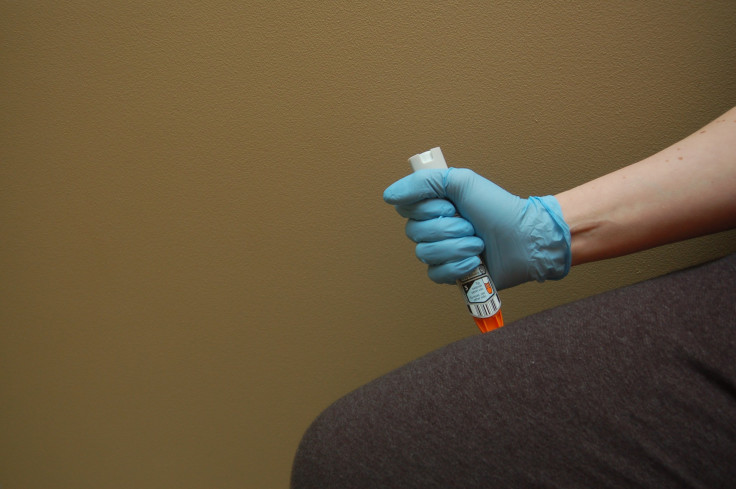22% Of Kids Who Experience An Anaphylactic Reaction At School Are Unaware Of Their Allergies

For many schoolchildren who experience an anaphylactic event, or a rapid and severe allergic reaction, it oftentimes comes with no warning, according to a new study to be presented at the American Academy of Pediatrics (AAP) National Conference & Exhibition this week.
The authors surveyed just over 6,000 schools about the nature of anaphylactic events they reported happening on their property as well as how they responded to it. Out of 919 anaphylactic events reported, nearly 22 percent of them occurred with no prior knowledge of an allergy. Similarly, the actual allergy trigger wasn’t identified in 20 percent of the cases. Around 62 percent occurred via a food trigger, and 10 percent via an insect sting.
"There's always a first time for a reaction — it can be at home, it can be in school, it can be in a restaurant, it can be on the soccer field," said lead author Dr Martha V. White, research director at the Institute for Asthma & Allergy in Montgomery County, Maryland, in a statement. "But the bottom line is that many students experiencing anaphylaxis in school had no prior known allergies and would not have had medication there or at home,"
The schools surveyed were participants of EpiPen4Schools®. a program funded by the creators of the EpiPen® and EpiPen Jr® Auto-Injectors, Mylan Specialty, in partnership with BioRidge Pharma. The program, active since 2012, offers four free Auto-Injectors to qualifying schools — along with free refills — and to date, has enrolled more than 59,000 US public and private kindergarten, elementary, middle and high schools.
The study, which was funded by Mylan, also found that 75 percent of the events were treated with an epinephrine auto-injector, while another 18 percent were treated with antihistamines.
The symptoms of anaphylaxis vary but often include hives, itching, nausea, and throat constriction. In the worst cases, it can lead to shock, or a dramatic decrease in blood flow that can be life-threatening if not immediately treated. Epinephrine is remarkably capable at treating these symptoms but needs to be administered quickly in order to stave off lasting damage or death.
According to a 2013 study. at least 1.6 percent of the general population in the US has suffered from one or more anaphylactic event(s) in their lifetime, yet 60 percent of those surveyed don’t currently have access to epinephrine. “Patients do not appear adequately equipped to deal with future episodes, indicating the need for public health initiatives to improve anaphylaxis recognition and treatment,” the authors concluded.
Source: White M. Characteristics and Treatment of Anaphylactic Events in a US School Setting: Results from the EPIPEN4SCHOOLS® Program Survey. American Academy of Pediatrics (AAP) National Conference & Exhibition. 2015.
Published by Medicaldaily.com



























